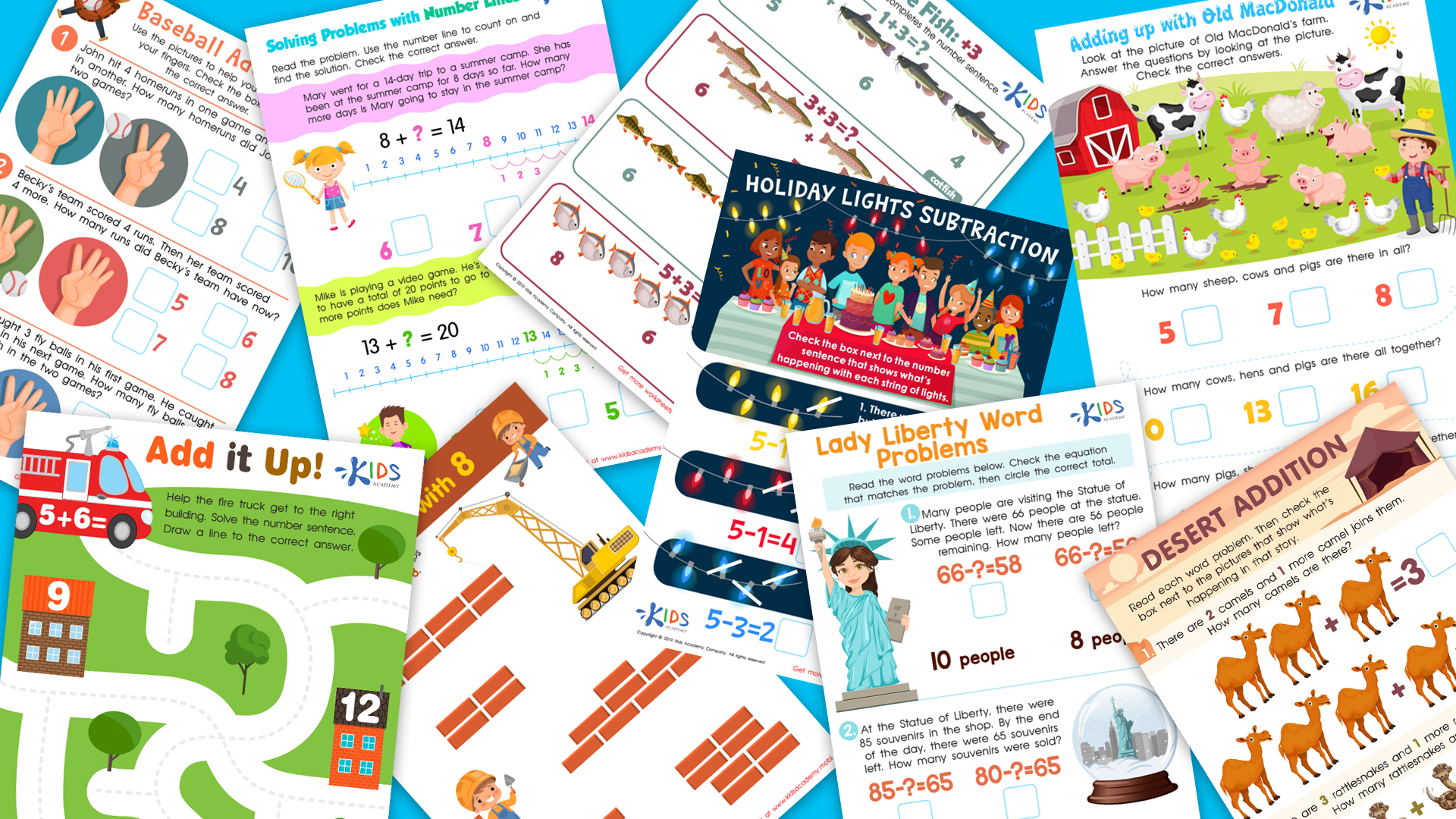Worksheets for Ages 4-9 - Page 119
2846 filtered results
-
From - To
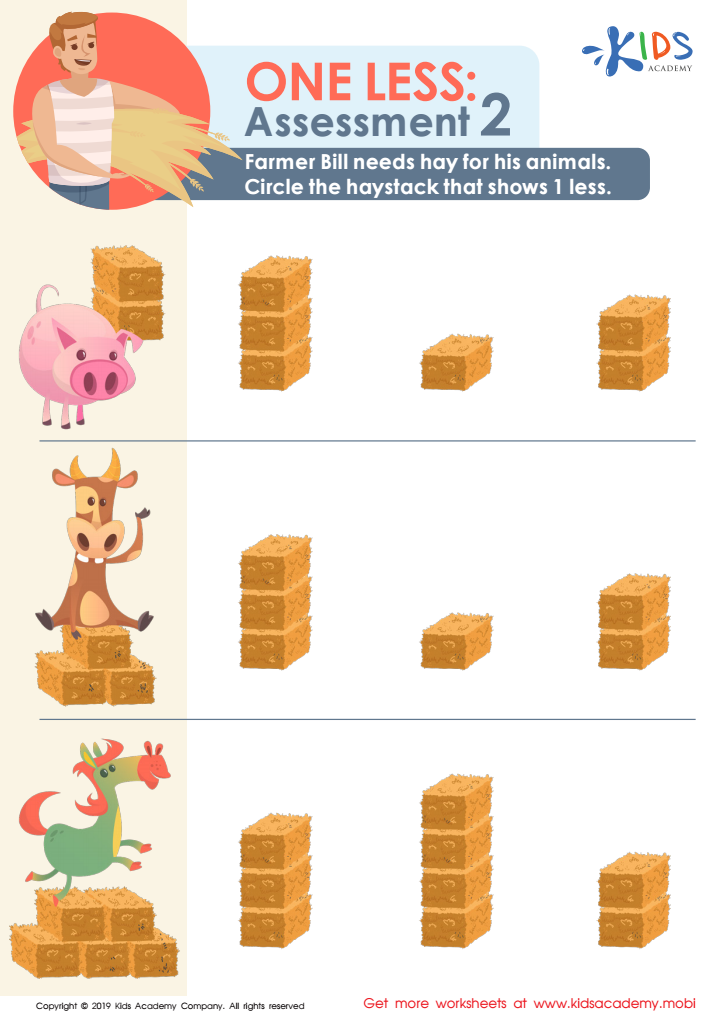

One Less: Assessment 2 Worksheet
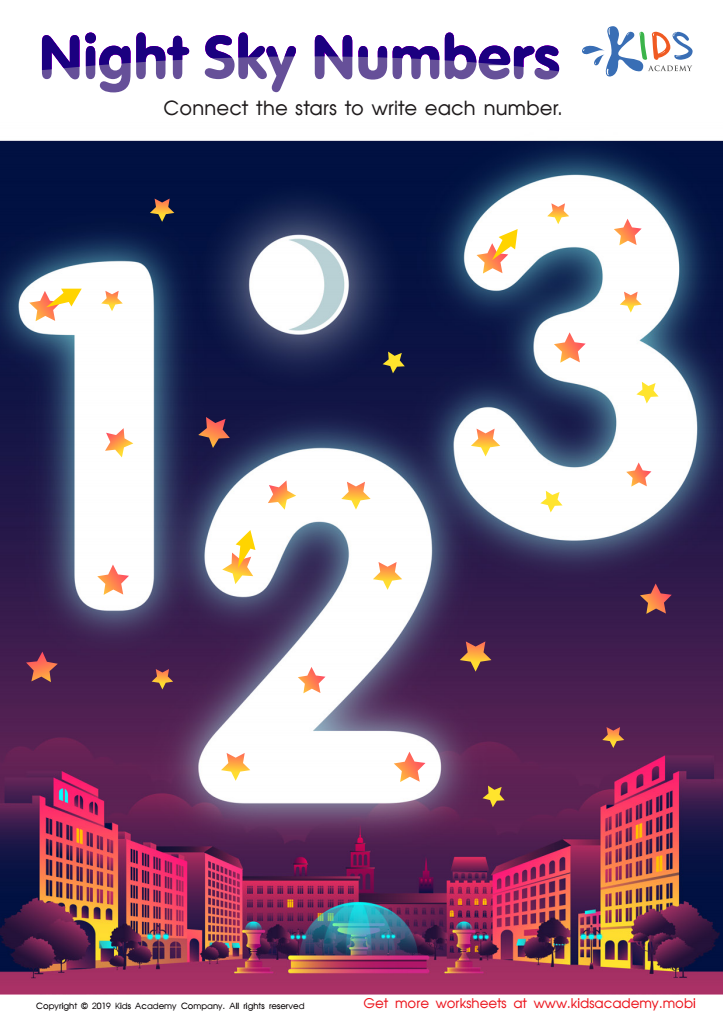

Night Sky Numbers Worksheet
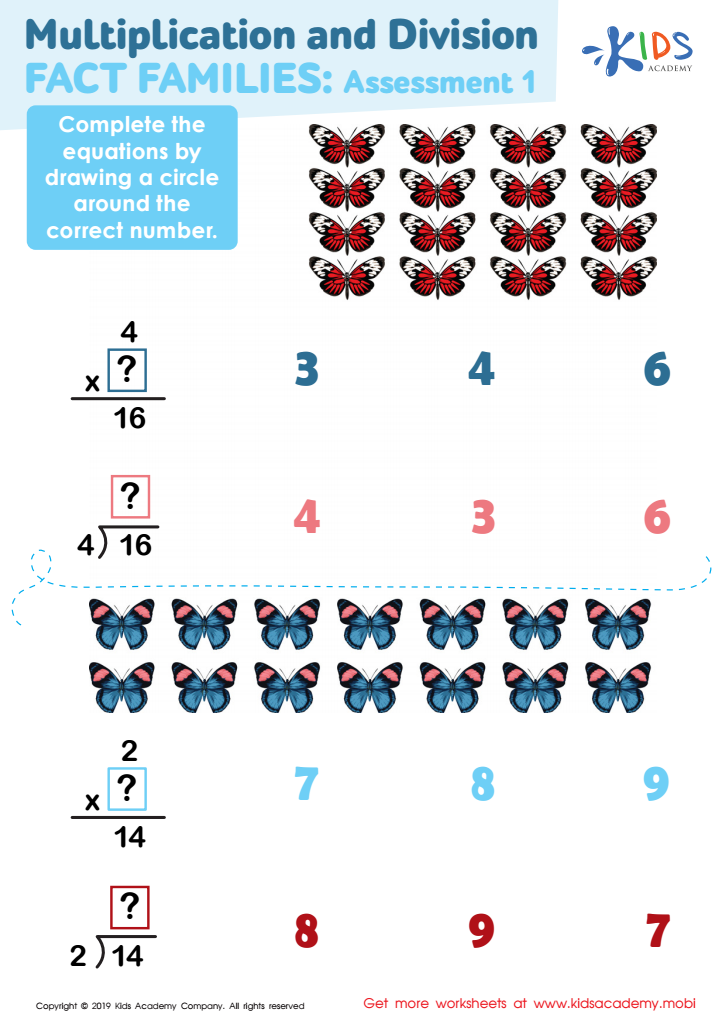

Multiplication and Division Fact Families Assessment 1 Worksheet
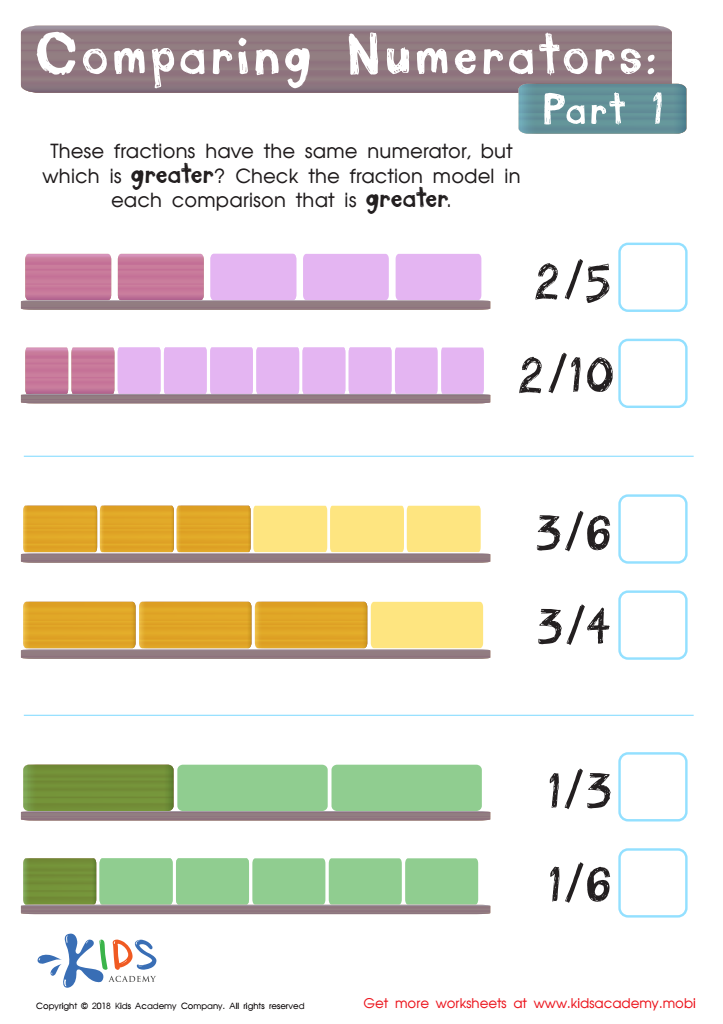

Comparing Numerators Part 1 Worksheet
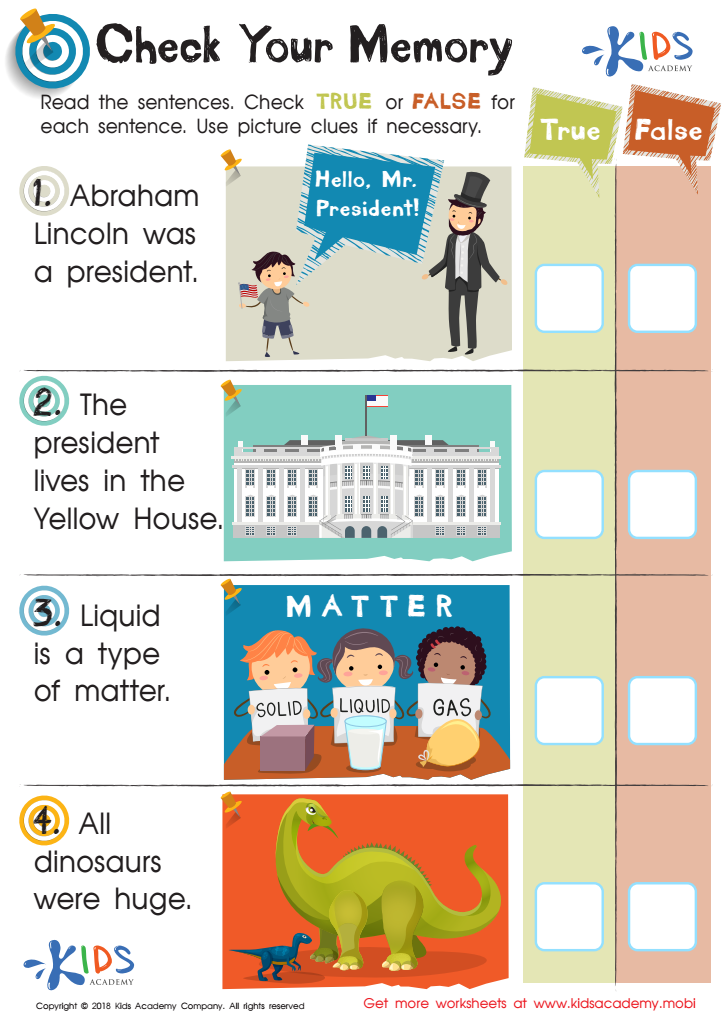

Check Memory Worksheet
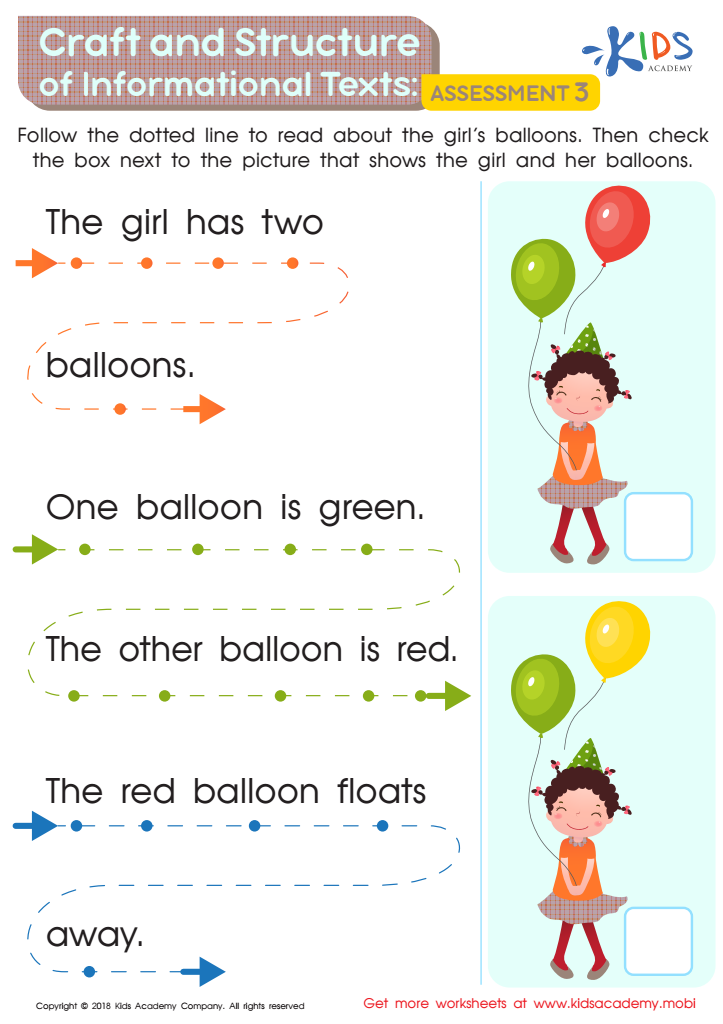

Craft and Structure of Informational Texts: Assessment 3 Worksheet
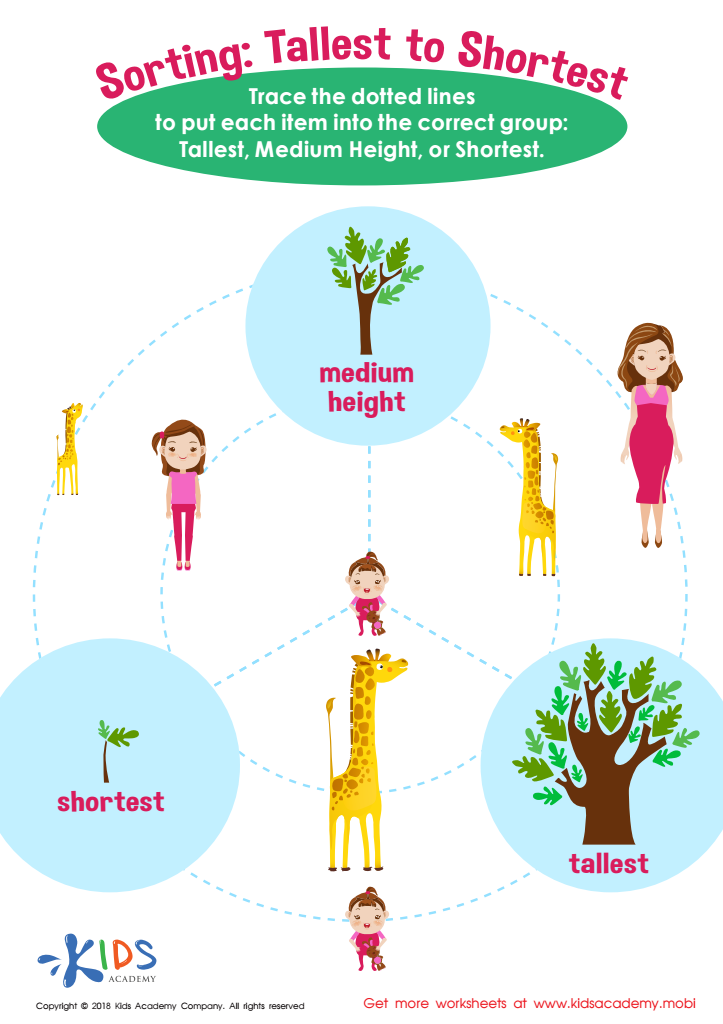

Sorting: Tallest to Shortest Worksheet
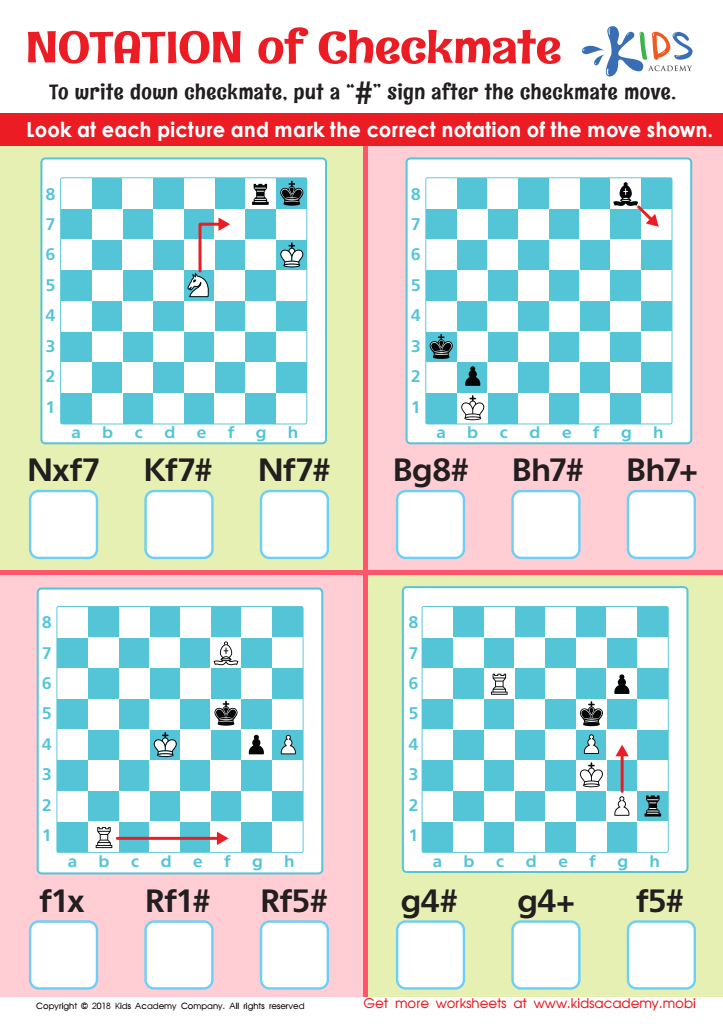

Notation of Checkmate Worksheet
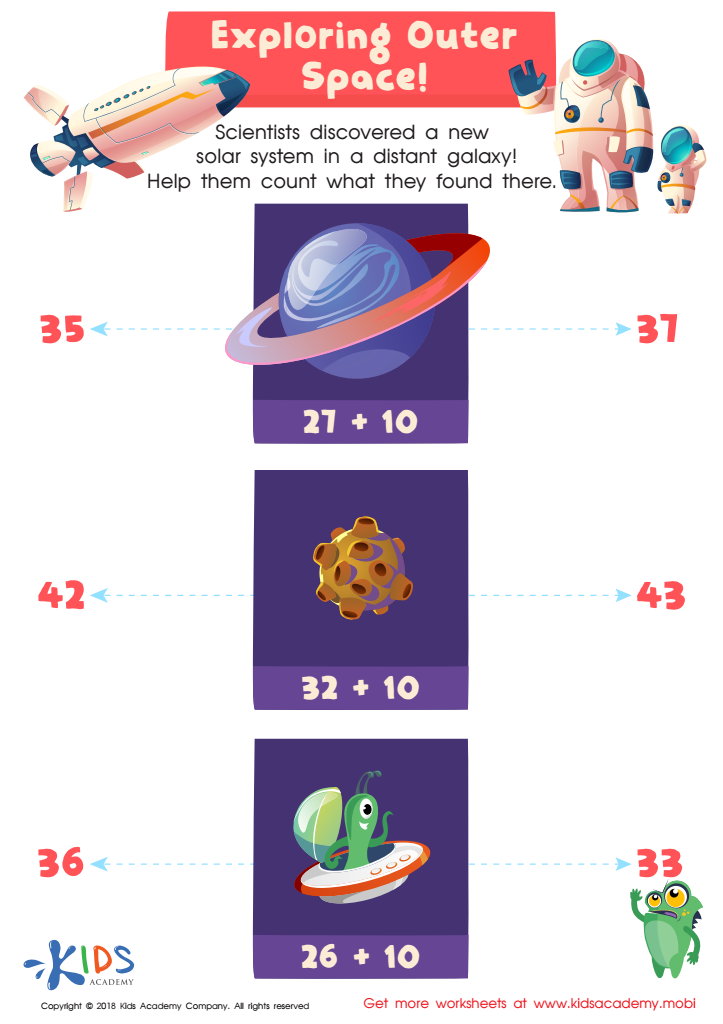

Exploring Outer Space Worksheet


Multiplying 9’s Montgomery Bus Boycott Worksheet
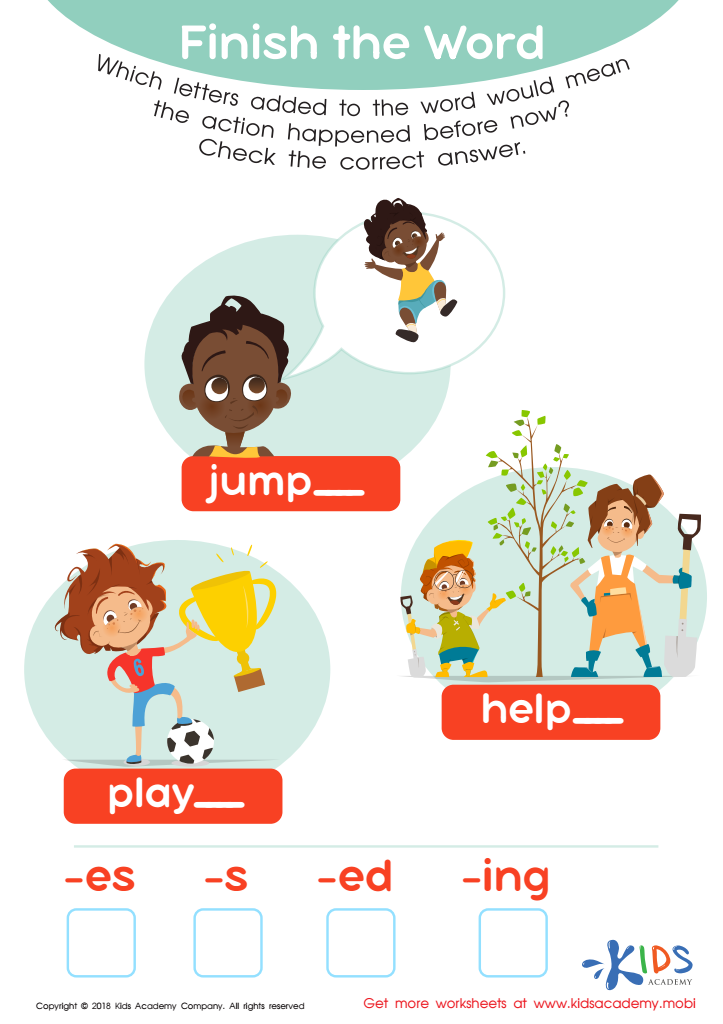

Finish the Word Worksheet
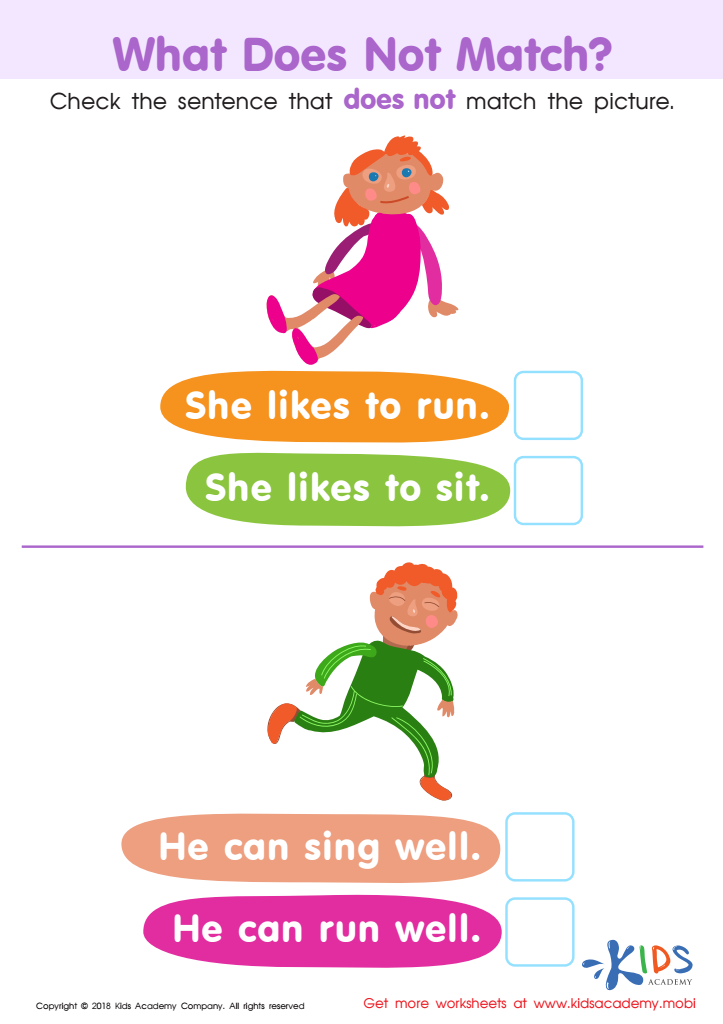

What Does Not Match? Worksheet
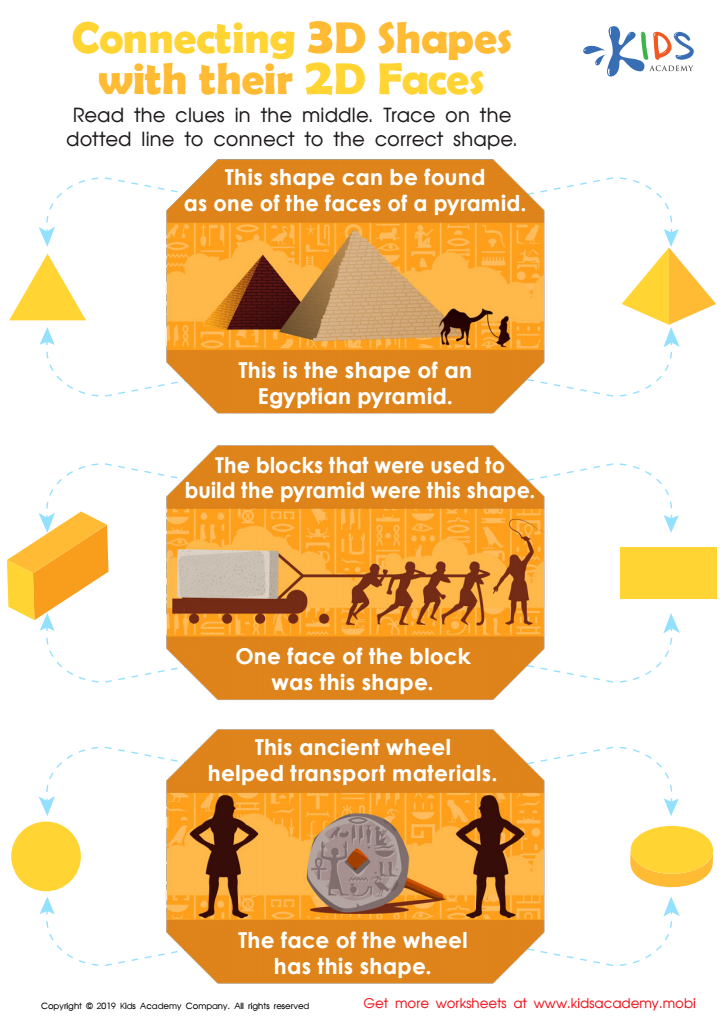

Connecting 3D Shapes with Their 2d Faces Worksheet
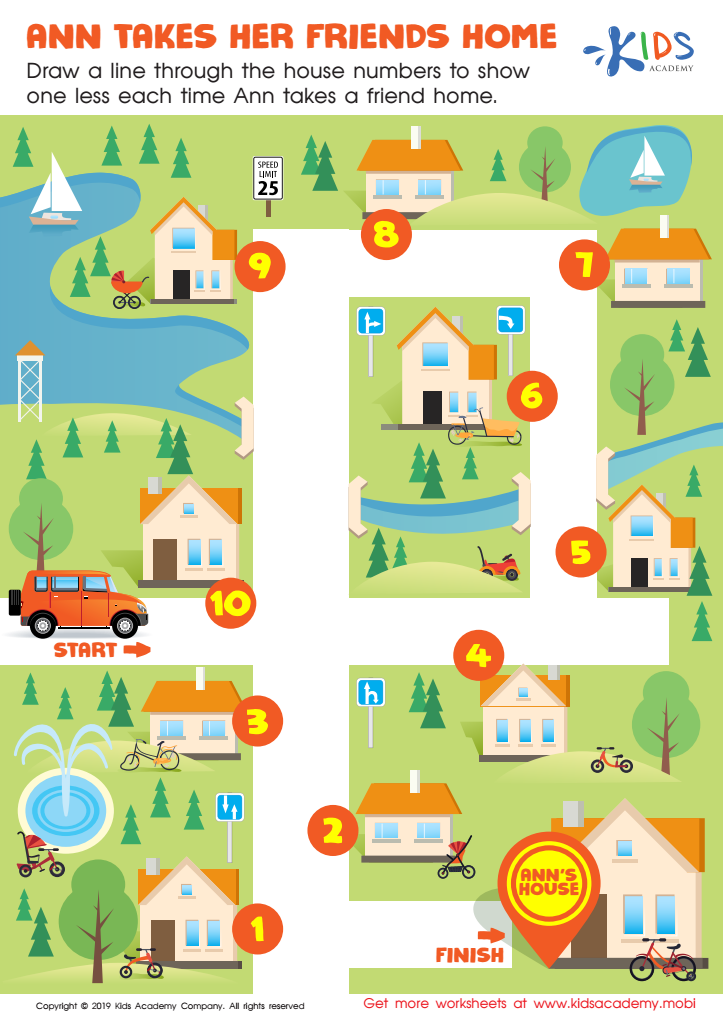

Ann Takes her Friends Home Worksheet
Parents or teachers should care deeply about the early developmental years, ages 4-9, because this period lays the foundation for a child's cognitive, emotional, and social growth. During these critical years, children are highly impressionable, absorbing information and behaviors that will shape their future learning patterns and interactions. Establishing a strong educational foundation at this stage supports literacy, numeracy, and problem-solving skills, which are crucial for later academic success.
Emotional development is equally important; children learn about empathy, cooperation, and resilience during these formative years. Social skills acquired through interaction with peers and adults pave the way for healthier relationships and better conflict resolution abilities. Moreover, supportive and engaging learning environments help ignite curiosity and foster a lifelong love for learning.
Furthermore, early intervention can address developmental delays or learning disabilities, ensuring that all children have the opportunity to reach their full potential. Positive reinforcement and encouragement during this time can boost self-esteem and confidence, motivating children to tackle challenges head-on.
In essence, by focusing on ages 4-9, parents and teachers not only enhance immediate academic performance but also nurture well-rounded, confident, and capable individuals. This early investment ultimately benefits society by contributing to the development of informed, empathetic, and resilient future citizens.
 Assign to My Students
Assign to My Students


